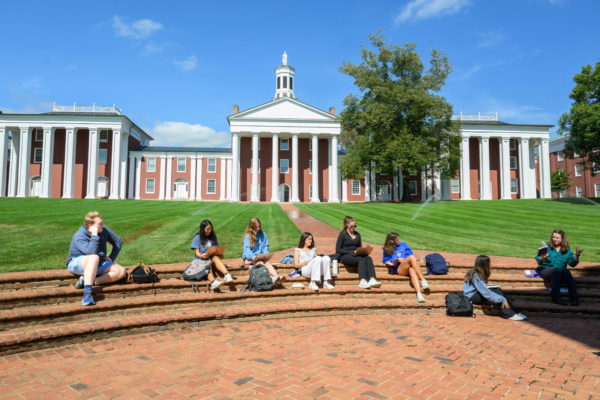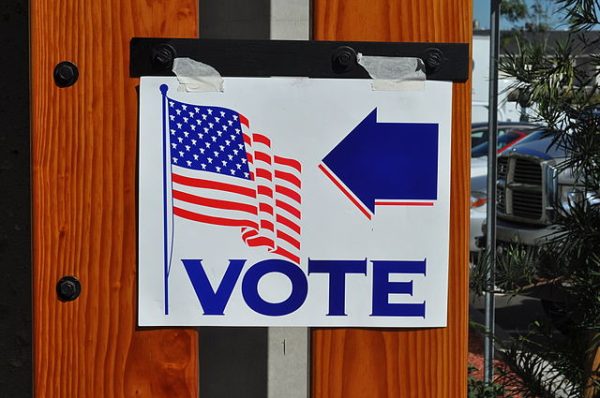Single and double rooms: One price fits all for next year
April 30, 2018
Students will return to campus this fall to find a housing charge on their bills different than in years past. Rather than provide two rooming options for two different prices, Washington and Lee will now offer a single price for both room options. Originally, students chose between the higher-priced single (or room with one occupant) for $8,300 or the more economical double (or room with more than one occupant) for $5,600. According to the university’s website, students will now be charged $7,300 no matter which room option.
This price change does come with additional benefits to students. By decreasing the price of a single, more students can now afford the option to choose between the two. Now, theoretically, more lower income students are granted the opportunity to live in a single, something that the additional thousand dollars would have prevented.
However, the new price does present some obvious drawbacks. First, the increased price of a double will no doubt act as an inconvenience for students in the coming years. An additional $1,700 is no small sum of money and will undoubtedly leave its mark on students’ bills. I am particularly concerned for students with fixed scholarships and grants from outside of the university, as these funds are not likely to shift alongside the changing cost of living on campus.
Additionally, the new price will disproportionally affect lower income students without the disposable income to meet the difference. The Office of Financial Aid assured me that the budget for all students receiving aid includes the $7,300 as the room expense, and I am comforted by the school’s commitment to meeting the financial need of all students. However, one cannot deny that rising prices does unfairly affect students of lower incomes and contributes to the selectivity with which students receive higher education in this country. Even if a student’s room is covered in their scholarship or aid packages, the opportunity to save money with a cheaper double no longer exists. This then leaves students with less money to put towards additional collegiate expenses and opportunities (i.e. books, travel, class fees, study abroad, etc.).
I have faith that this school does what it can to make its education affordable to everyone. However, I am doubtful that increasing prices will help to make this school a more inclusive campus for students with lower incomes.












